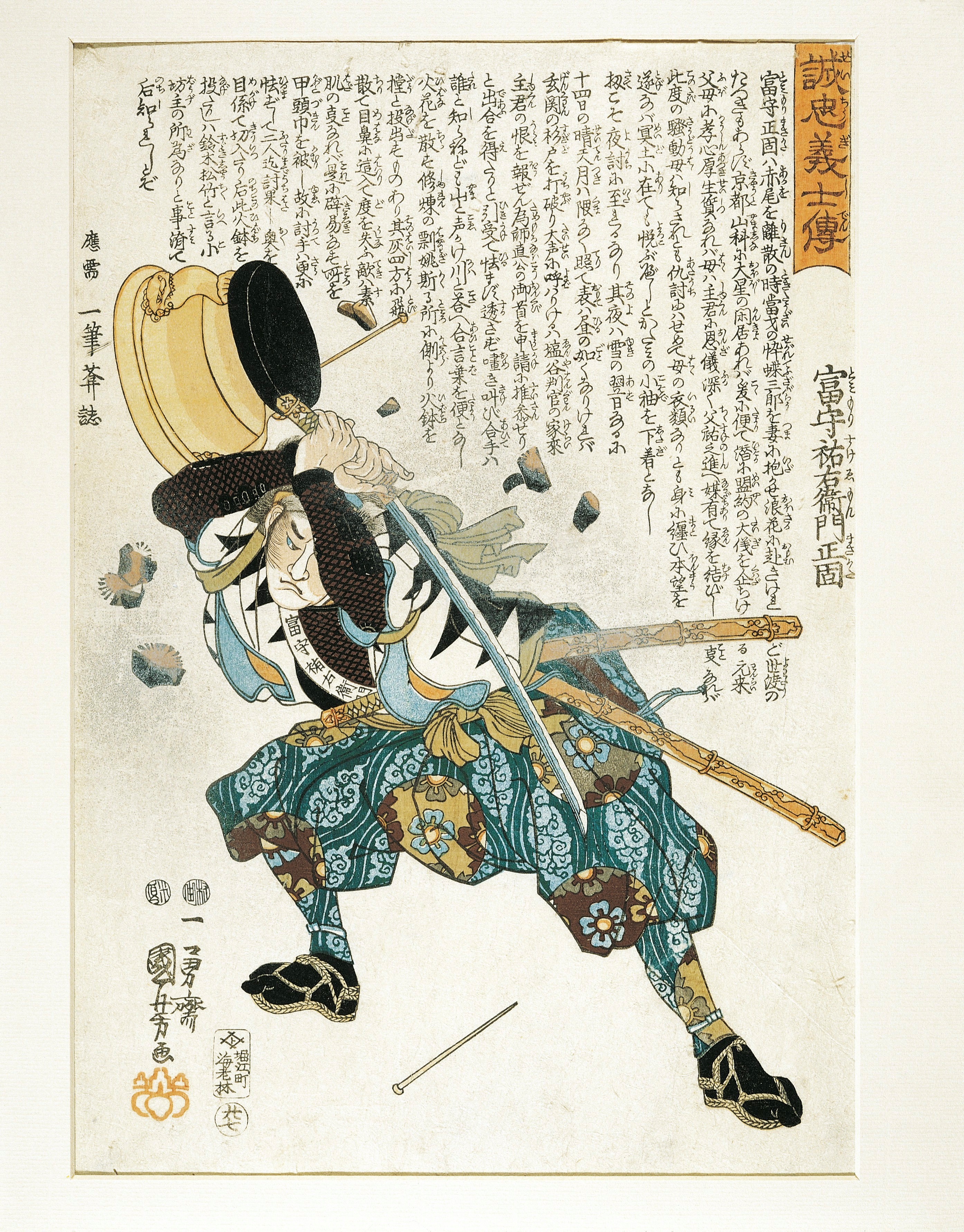47 Ronin was a legendary group of Japanese samurai, members of the warrior class, from the early 1700’s. The 47 Ronin avenged the death of their master but were sentenced to death themselves as a result. Their story has inspired numerous plays, novels, and films. It is highly regarded in Japan as an example of the values of honor and loyalty.

The Tokugawa dynasty, founded by Tokugawa Ieyasu, was a family of rulers that governed Japan from 1603 to 1867. Tokugawa military rulers were known as shoguns. Around the time of the 47 Ronin, local military lords called daimyo controlled most of Japan’s farmland. Samurai served the daimyo and lived by a code of honor known as bushido. The code emphasized such traits as self-discipline, obedience, and bravery. If a daimyo died, his samurai became ronin (masterless samurai).
In 1701, a daimyo named Asano Naganori visited the shogun’s castle in Edo (now Tokyo). One of the shogun’s officials insulted Asano, and Asano drew his sword and attacked the official in response. At that time, drawing one’s sword in the shogun’s castle was punishable by death. Asano was ordered to die by ritual suicide, known as hara-kiri or seppuku. The shogun then confiscated Asano’s land.
A group of 47 of Asano’s samurai, who had become ronin, vowed to avenge their master. The ronin knew that the shogun would expect them to do so, and they waited patiently for their chance. In early 1703, during a snowstorm, they sneaked into the official’s residence and beheaded the man who had insulted their master. They placed the official’s head on their master’s grave. The ronin then turned themselves in to the authorities.
The shogun recognized that the ronin had upheld their dedication to their master’s honor. However, he ruled that their vendetta (blood feud) was against the law. The shogun ordered the men to die by hara-kiri, which was considered an honorable death for samurai. The 47 Ronin were buried near Asano at the Sengaku-ji Temple in Edo.
